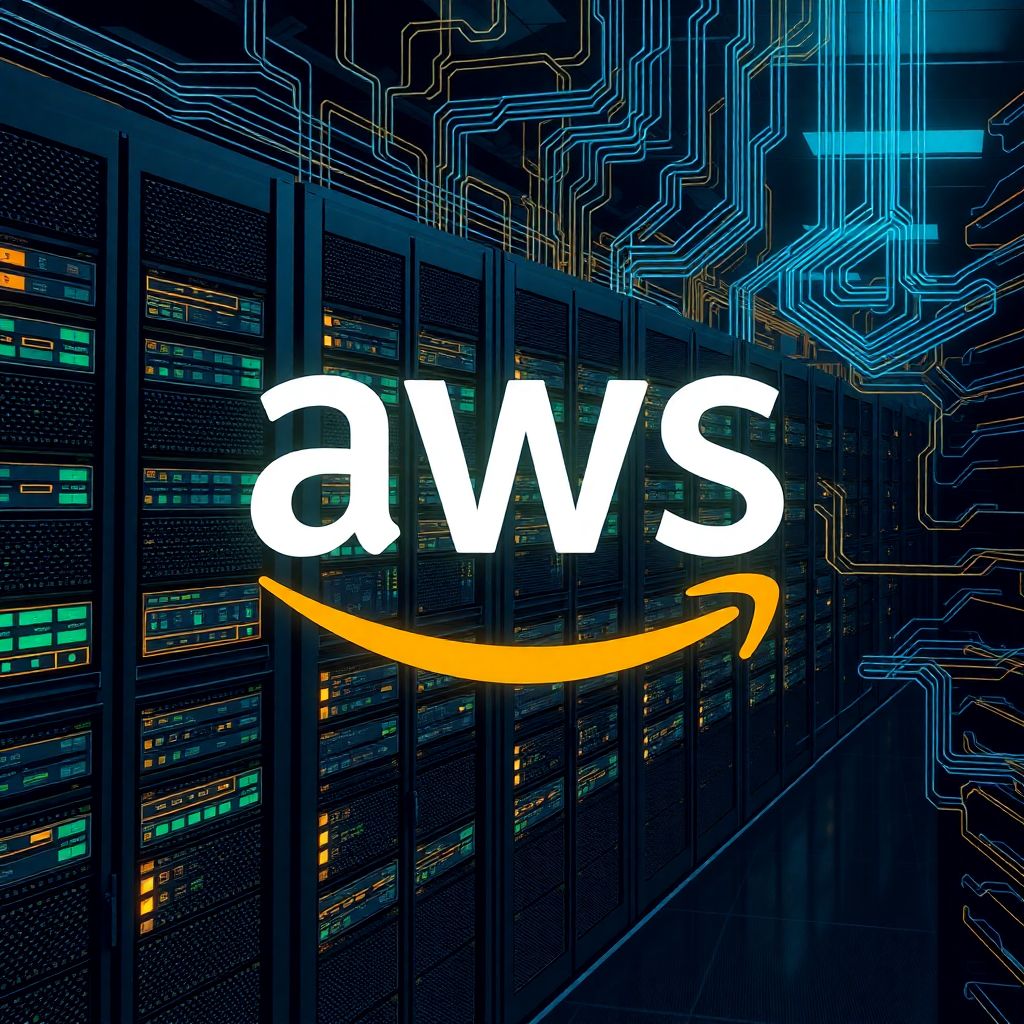Crypto Mining Firm Cipher Pivots to AI Infrastructure with $5.5B AWS Deal
Cipher Mining Inc. has taken a bold step into the artificial intelligence and high-performance computing (HPC) sector by securing a $5.5 billion, 15-year lease agreement with Amazon Web Services (AWS). This landmark deal, revealed in the company’s Q3 2025 earnings report, marks a significant evolution in Cipher’s business model — from a traditional Bitcoin mining company to a key player in next-generation digital infrastructure.
As part of the AWS agreement, Cipher will deliver 300 megawatts of computing capacity, split into two deployment phases. These data center facilities will incorporate advanced air and liquid cooling systems optimized for AI workloads. The first stage of deployment will commence in July 2026, with full capacity expected to go online by the end of that year. Rental payments under the lease are scheduled to begin in August 2026.
Cipher CEO Tyler Page described the third quarter of 2025 as a watershed moment for the company, citing the AWS agreement as a transformative milestone. He emphasized that Cipher is no longer just a cryptocurrency mining firm, but now a serious contender in the HPC space. “We’re not just keeping up — we’re leading,” Page stated, referencing Cipher’s recent strategic moves.
In addition to the AWS deal, Cipher also unveiled a major joint venture to build a 1-gigawatt (GW) AI and HPC campus in West Texas, dubbed “Colchis.” Cipher will hold approximately 95% equity in the venture and contribute the majority of the capital. The 620-acre site comes with a 1-GW Direct Connect Agreement with American Electric Power (AEP), which will develop a dual interconnection facility. Energization of the site is projected for 2028, and its proximity to an existing substation makes it an ideal location for large-scale data center operations.
The Colchis project is part of Cipher’s broader transformation strategy. In Q3 2025 alone, Cipher secured a 10-year hosting deal with Fluidstack and Google, in addition to the 15-year AWS lease. Together, these contracts represent a total value of $8.5 billion. To support this aggressive expansion, Cipher completed a $1.3 billion convertible note offering, which will be used to fund infrastructure development and operational scaling.
The company’s 3.2 GW project pipeline suggests that Cipher is positioning itself as a future leader in AI and HPC infrastructure, moving far beyond its origins in Bitcoin mining. This shift has been positively received by investors. Shares of Cipher (CIFR) soared by 22.04% following the announcement, reaching $22.76.
However, Cipher’s pivot to AI infrastructure comes at a time when the broader digital landscape is facing growing threats. A recent report from the Multinational Sanctions Monitoring Team revealed that North Korea has stolen approximately $2.84 billion in cryptocurrencies since early 2024, with $1.65 billion stolen this year alone. This highlights a stark contrast in the use of AI and crypto technologies — while some firms are leveraging them for innovation and growth, others are exploiting them for illicit gains.
Despite these challenges, Cipher’s forward-looking strategy points to a larger trend: the convergence of crypto mining infrastructure and AI computing. The same high-density, power-intensive environments used for mining cryptocurrencies are increasingly being repurposed for AI model training, data processing, and machine learning workloads. This transition allows companies like Cipher to remain agile in a rapidly changing digital economy.
Moreover, Cipher’s emphasis on sustainability and energy efficiency is another crucial component of its AI pivot. With growing scrutiny on the environmental impact of data centers and crypto mining operations, Cipher’s adoption of advanced cooling technologies and renewable energy agreements positions it favorably with regulators and ESG-conscious investors.
The transition from a crypto-focused business to a digital infrastructure leader also reflects a broader industry shift. As traditional crypto mining margins grow thinner due to halving events and increased competition, firms are under pressure to diversify. AI and HPC offer new avenues for revenue generation and long-term growth.
Another key advantage for Cipher is its early-mover position. By securing long-term agreements with major cloud providers like AWS and partners such as Google, Cipher is locking in demand for its infrastructure well into the next decade. These partnerships not only generate predictable cash flows but also provide stability in an otherwise volatile tech sector.
Looking ahead, the success of Cipher’s ventures will depend on its ability to execute these large-scale projects effectively. The development timelines for the AWS and Colchis sites stretch multiple years, and any delays or technical hurdles could impact earnings and investor confidence. However, the company’s recent financial maneuvers — including its sizable note offering — suggest it is well-capitalized to manage this growth phase.
In summary, Cipher Mining’s evolution signals a new chapter not only for the company but also for the broader intersection between crypto and AI. With billions in secured contracts, a rapidly expanding infrastructure pipeline, and strategic partnerships with tech giants, Cipher is redefining what it means to be a digital infrastructure company in the age of artificial intelligence. As the line between crypto mining and AI computing continues to blur, Cipher appears poised to emerge as a frontrunner in the next wave of digital transformation.

